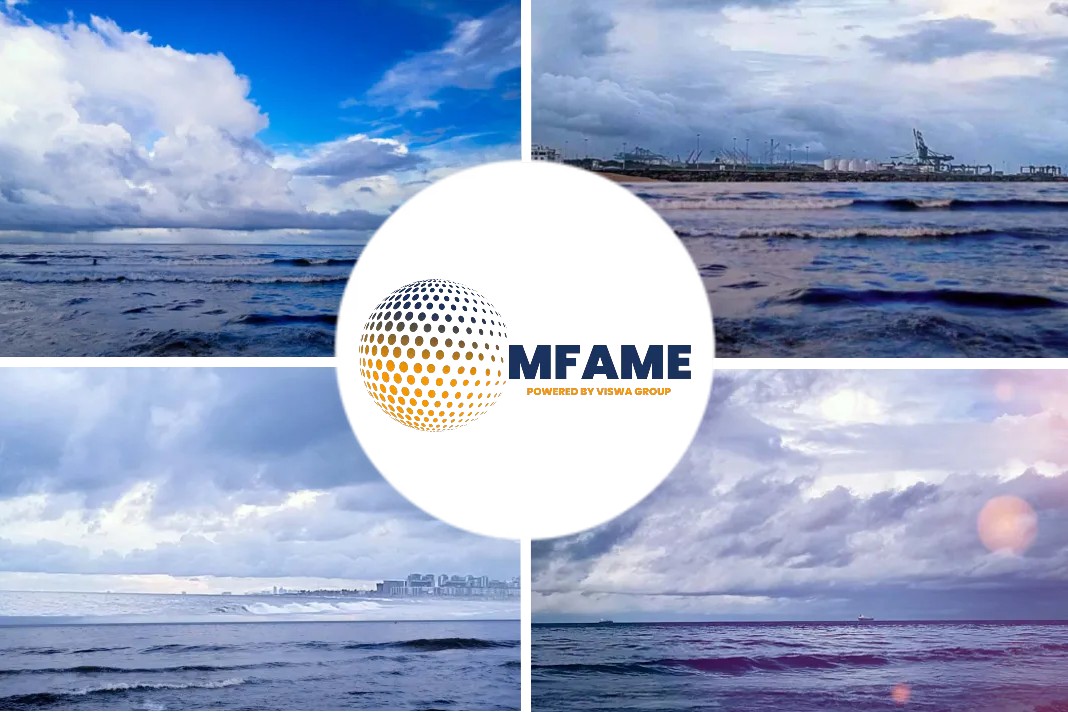 Throughout the maritime industry, it is increasingly apparent that digitalization provides performance and optimization benefits to every part of the operation. As a leading maritime connectivity provider, KVH has delivered two record-breaking quarters in a row for shipments of VSAT satellite communications (SATCOM) equipment.
Throughout the maritime industry, it is increasingly apparent that digitalization provides performance and optimization benefits to every part of the operation. As a leading maritime connectivity provider, KVH has delivered two record-breaking quarters in a row for shipments of VSAT satellite communications (SATCOM) equipment.
This increased demand for VSAT systems is an undeniable indicator that vessels are turning to digital processes—because the key thing needed to digitalize any operation is the flow of data. For a vessel at sea, that means fast and reliable satellite connectivity, says in article published on maritime executive website.
Three important facets of SATCOM
- High-speed VSAT Connectivity– The fastest and most reliable VSAT networks feature high-throughput satellite (HTS) technology, which can provide consistent data speeds up to 20 Mbps download, and a multi-layered approach with more than one satellite covering any given region at the same time.
That means a vessel that utilizes a Ku-band VSAT connectivity solution with HTS technology will have the bandwidth and data speeds for all applications to support their operational and crew welfare needs, including voyage planning, videoconferencing, security cameras, crew Internet access, and streaming HD content, all while at sea.
- Dedicated IoT Connectivity– In addition to operational VSAT connectivity, vessels also need dedicated IoT connectivity, which is crucial for maritime digitalization. A dedicated IoT terminal separates IT (information technology) from OT (operational technology, which manages physical processes and the machinery used to carry them out) and is critically important for reducing cyber risks as recommended by the IMO.
IoT connectivity enables the transfer of real-time data from ship to shore so IoT service companies, multi-card service providers, OEMs, and authorities and registries can monitor performance data, conduct remote surveys, quickly identify specific equipment issues, and support high-speed video troubleshooting while the vessel is at sea, saving time and money when the vessel is in port.
- Minimizing CAPEX– When choosing VSAT and IoT connectivity solutions, an important factor for maritime operators is the need to minimize capital expenditures and stay flexible in terms of commitments and contracts. Having a VSAT connectivity provider that requires no CAPEX and no commitment to a long-term plan means that changes in fleet size or the buying/selling of vessels can be handled without worrying about the airtime plan contracts or terms.
Summary
- As a leading maritime connectivity provider, KVH has delivered two record-breaking quarters in a row for shipments of VSAT satellite communications (SATCOM) equipment.
- Increased demand for VSAT systems is an undeniable indicator that vessels are turning to digital processes.
- The fastest and most reliable VSAT networks feature high-throughput satellite (HTS) technology, which can provide consistent data speeds up to 20 Mbps download.
- A dedicated IoT terminal separates IT (information technology) from OT (operational technology, which manages physical processes and the machinery used to carry them.
- Having a VSAT connectivity provider that requires no CAPEX and no commitment to a long-term plan means that changes in fleet size or the buying/selling of vessels can be handled without worrying about the airtime plan contracts or terms.
Did you subscribe to our daily newsletter
It’s Free! Click here to subscribe!
Source: Maritime executive















